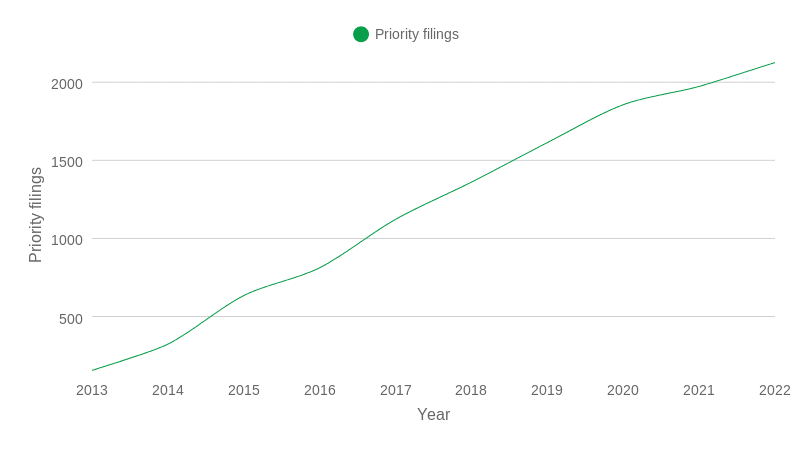Key Takeaways:
- Appleyard Lees’ latest report reveals that CRISPR technology patent filings reached an all-time high, with a notable increase in agriculture.
- Agriculture-related CRISPR patents saw a 58% annual rise, with 122 filings in 2022.
- US companies lead in CRISPR patent activity, driven by reduced regulatory barriers.
- Ongoing IP ownership issues may impact CRISPR’s future innovation trajectory.
CRISPR technology innovation reached a peak in 2022, setting new records for patent filings, particularly in agriculture. Appleyard Lees’ latest Inside Green Innovation: Progress Report reveals that overall patent filings in CRISPR technology rose 8% to 2,126 applications, with agricultural applications increasing sharply by 58% to 122 filings.

Growth in Agricultural Applications
The agriculture sector saw renewed momentum in CRISPR patent activity, surpassing previous highs in 2018. This rise highlights the expanding role of gene-editing technologies in developing crops with enhanced traits, such as increased resilience and nutritional value. “Since its discovery, there has been a great deal of activity in CRISPR-mediated gene editing across multiple sectors, including agriculture,” said Chris Mason, Partner at Appleyard Lees. “The technology’s potential is vast, with the market projected to be worth billions, if not trillions, of US dollars.”
Industry vs. Academia in CRISPR Innovation
Once dominated by academic institutions, CRISPR patent activity now sees leading contributions from industry players. Pioneer Hi Bred emerged as the top patent filer in 2022, with 13 applications, nearly doubling its 2021 filings. Other companies, such as Monsanto Technology and Syngenta, also increased filings, reflecting a shift in CRISPR innovation toward commercial agriculture.
According to Sarah Gibbs, Senior Associate at Appleyard Lees, regulatory factors are contributing to this trend. “The US is an attractive jurisdiction for innovation in the field of genetically engineered crops using CRISPR technology – not least because of the Revised Biotechnology Regulations which reduce regulatory burden for developers,” Gibbs explained.


